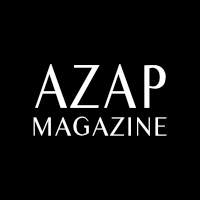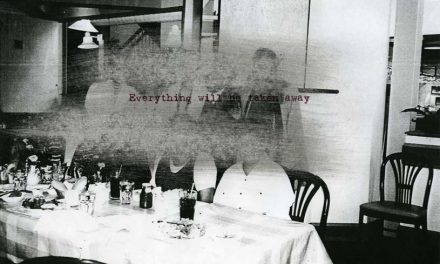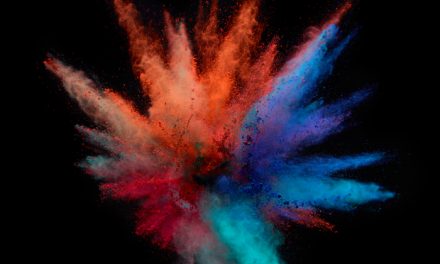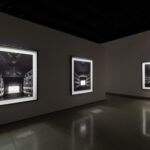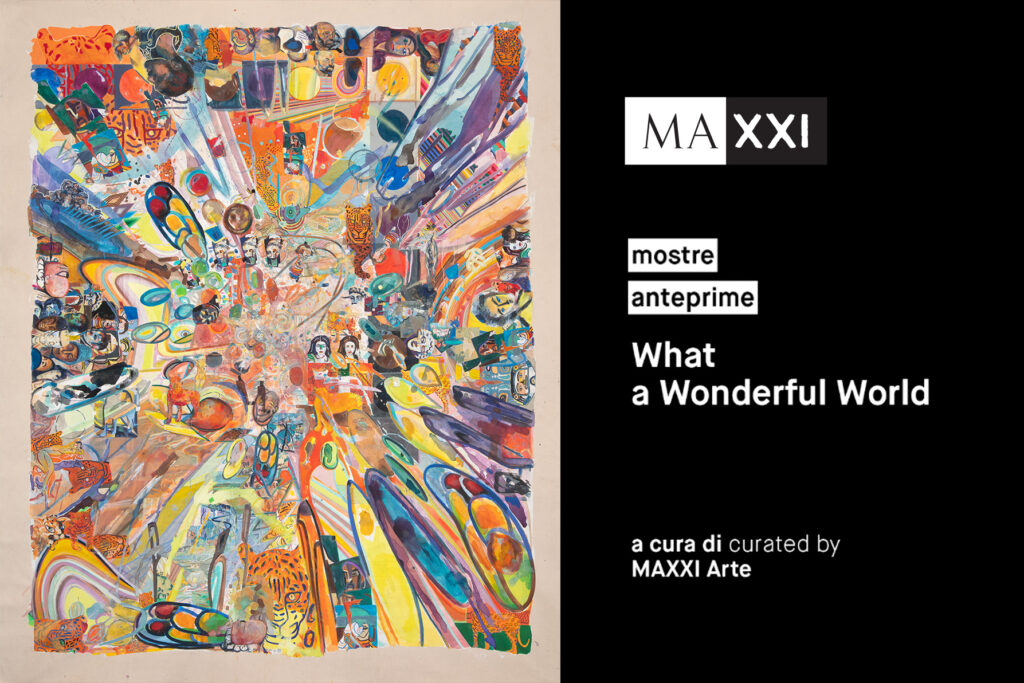It’s an interesting time (also political!) to engage with the many views of the history, places and people of Russia. London currently offers three wonderful opportunities to dive into the most iconic and radical artwork produced in this country in the past 150 years: Tate Modern’s retrospective of Malevich, Calvert 22’s Close and Far: Russian Photography now and Primrose: Early Colour Photography in Russia is at The Photographer’s Gallery. Hats off to designating 2014 as the bi-lateral UK-Russia Year of Culture!
It’s an interesting time (also political!) to engage with the many views of the history, places and people of Russia. London currently offers three wonderful opportunities to dive into the most iconic and radical artwork produced in this country in the past 150 years: Tate Modern’s retrospective of Malevich, Calvert 22’s Close and Far: Russian Photography now and Primrose: Early Colour Photography in Russia is at The Photographer’s Gallery. Hats off to designating 2014 as the bi-lateral UK-Russia Year of Culture!
You could call him the pioneer of Street Art, a “1920 Bansky”. Kazimir Malevich, founder of Suprematism, produced one of modern art’s most avant-garde and revolutionary images: the Black Square painting of 1914-15. Tate Modern’s exhibition traces back this Ukrainian-born artist’s work and influences, from Matisse, Picasso and Van Gogh to the October Revolution and First World War. Everything that led him to the “objectless art” that he is known for and the “art vs reality” philosophy that survives in the streets today.
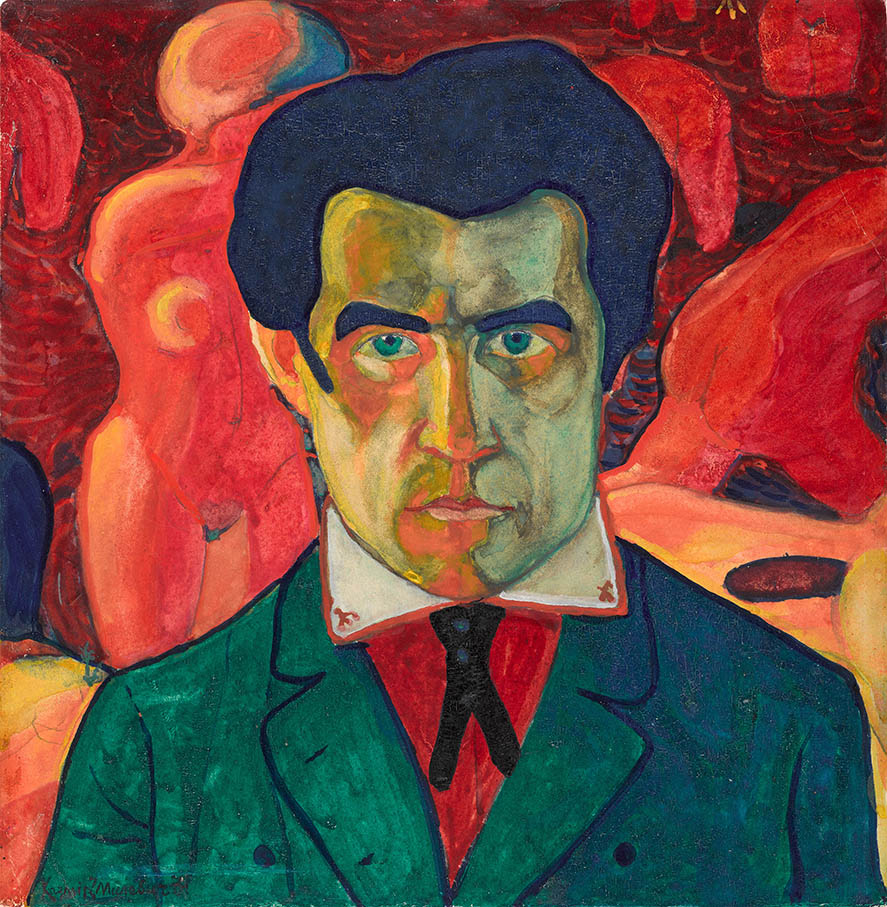
Self Portrait 1908-1910. Courtesy of Tate Modern. State Tretyakov Gallery, Moscow, Russia
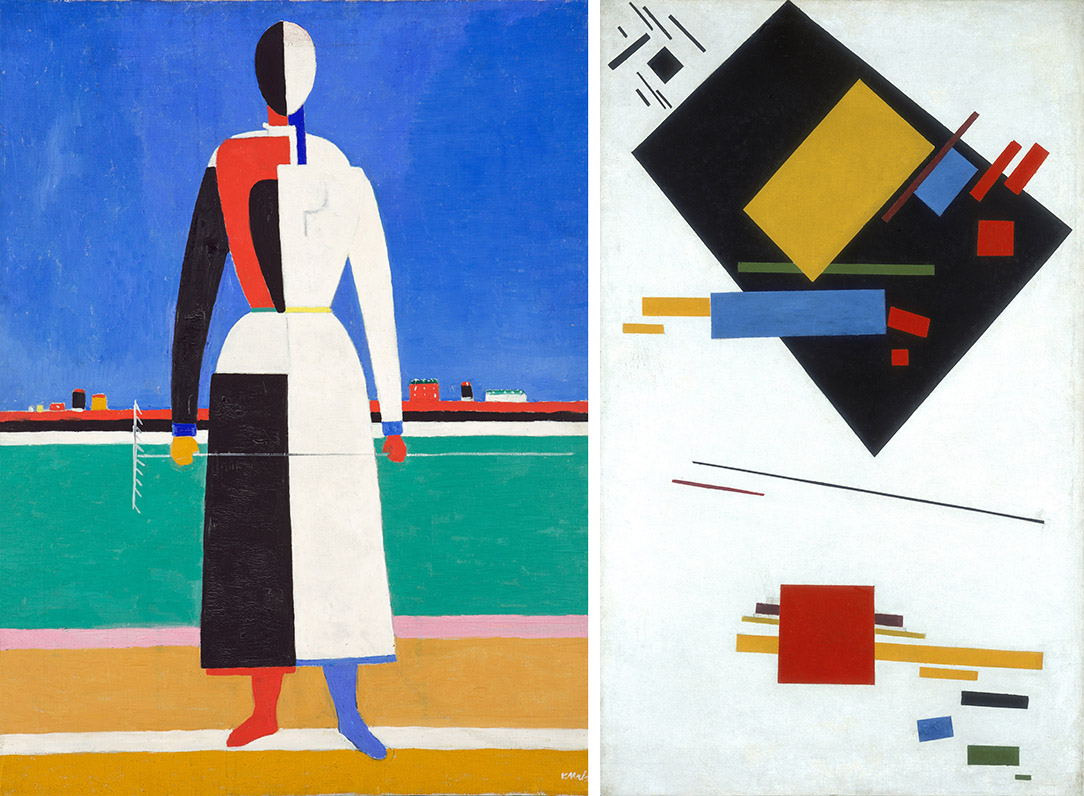
Woman with Rake 1930-32. Courtesy of Tate Modern. State Tretyakov Gallery, Moscow, Russia // Suprematist Painting (with Black Trapezium and Red Square) 1915. Courtesy of Tate Modern. Stedelijk Museum, Amsterdam
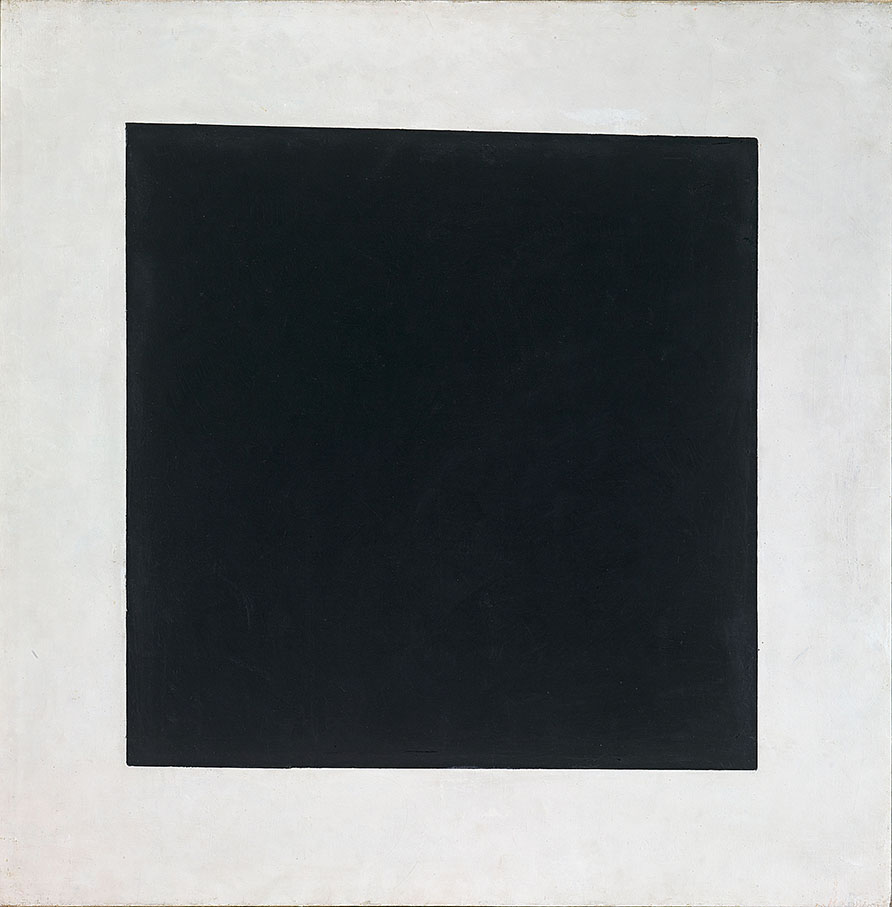
Black Square 1929. Courtesy of Tate Modern. © State Tretyakov Gallery, Moscow
From paintings to photography. Our second stop is Calvert 22’s Close and Far: Russian Photography now. A fascinating exhibition that presents the series of photographs taken by Sergei Mikhailovich Prokudin-Gorskii, the pre-revolutionary photographer that recorded the vast domains of the last Tsar, Nicholas II, in the years leading up to the revolution (1909-1915). Prokudin-Gorskii’s window to the people and places back then is mixed with the work of five young contemporary Russian artists who show the rapidly-changing face of Russia in the other half of the century.
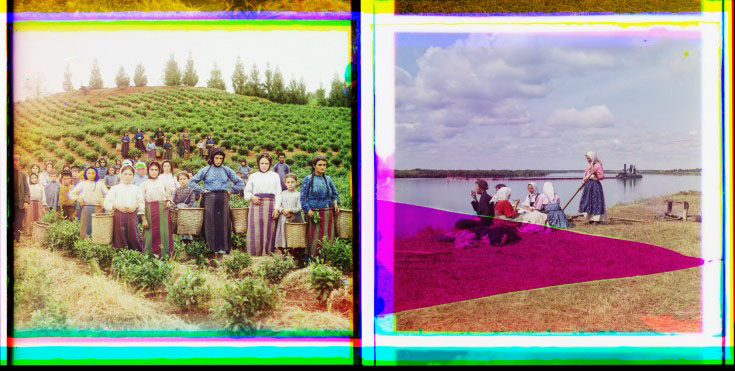
Sergei Prokudin-Gorsky, Group of workers harvesting tea (1905-1915), and Dinner during haymaking (Russian Empire, 1909). Courtesy of Library of Congress, Washington.
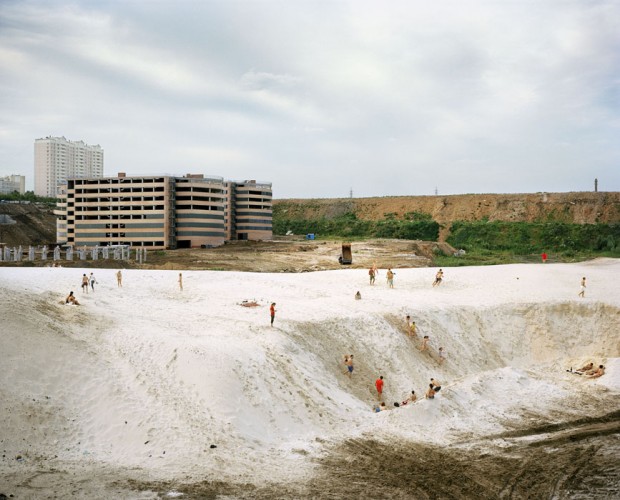
Alexander Gronsky, Pastoral, 2008-2012, Dzerzhinskiy II, Suburbs of Moscow, Russia. © Alexander Gronsky
And last but not least is Primrose: Early Colour Photography in Russia. This exhibition at The Photographer’s Gallery features some of the giants of Russian colour photography, including Sergei Prokudin-Gorsky, Ivan Shagin and Soviet photojournalist Dmitri Baltermants.
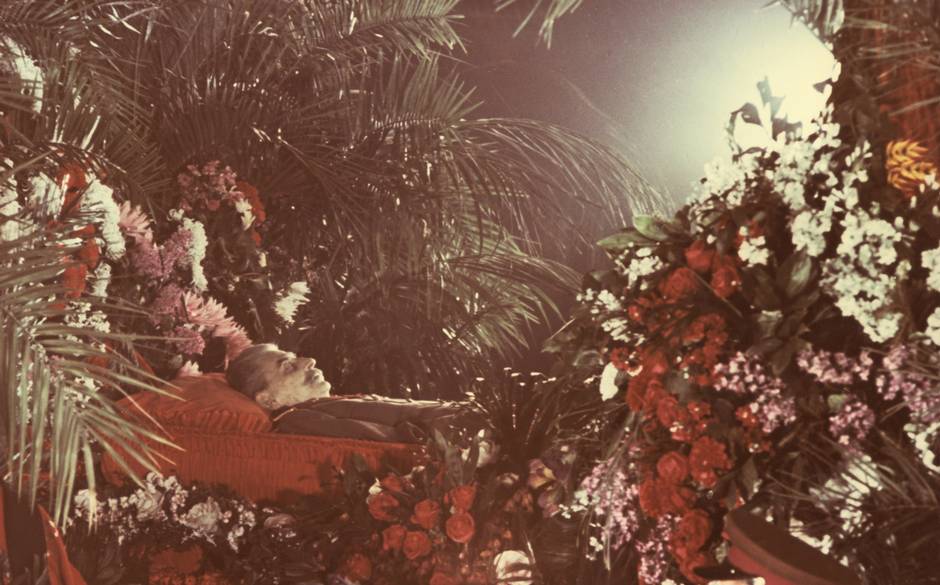
Dmitri Baltermants, Stalin’s funeral, Moscow, 1953. Courtesy of The Photographers Gallery.
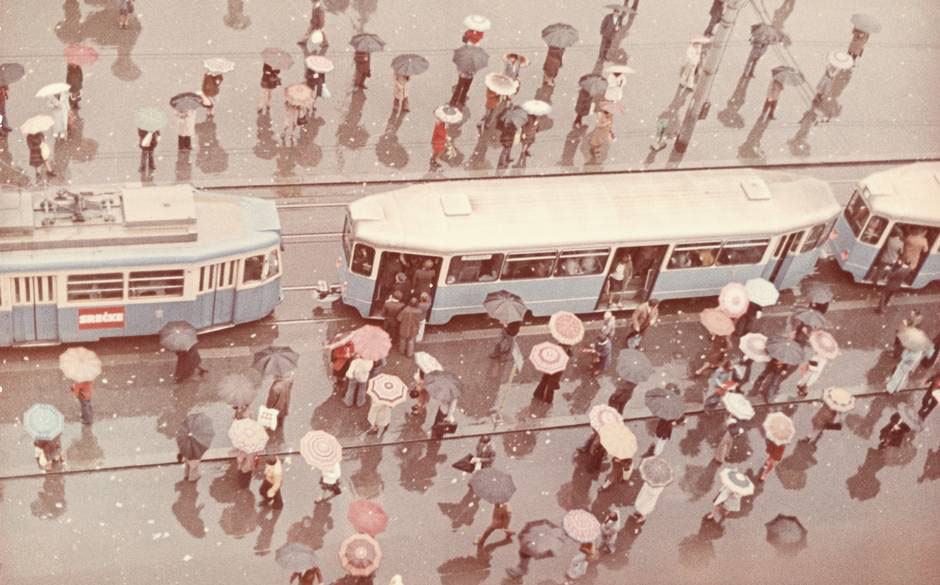
Dmitri Baltermants, Rain (1960s). Courtesy of The Photographers Gallery.
Malevich is at the Tate Modern until the 26th of October; Close and Far: Russian Photography now is at Calvert 22 until the 17th of August; Primrose: Early Colour Photography in Russia is at The Photographer’s Gallery, until the 19 of October.
Don’t miss out!
